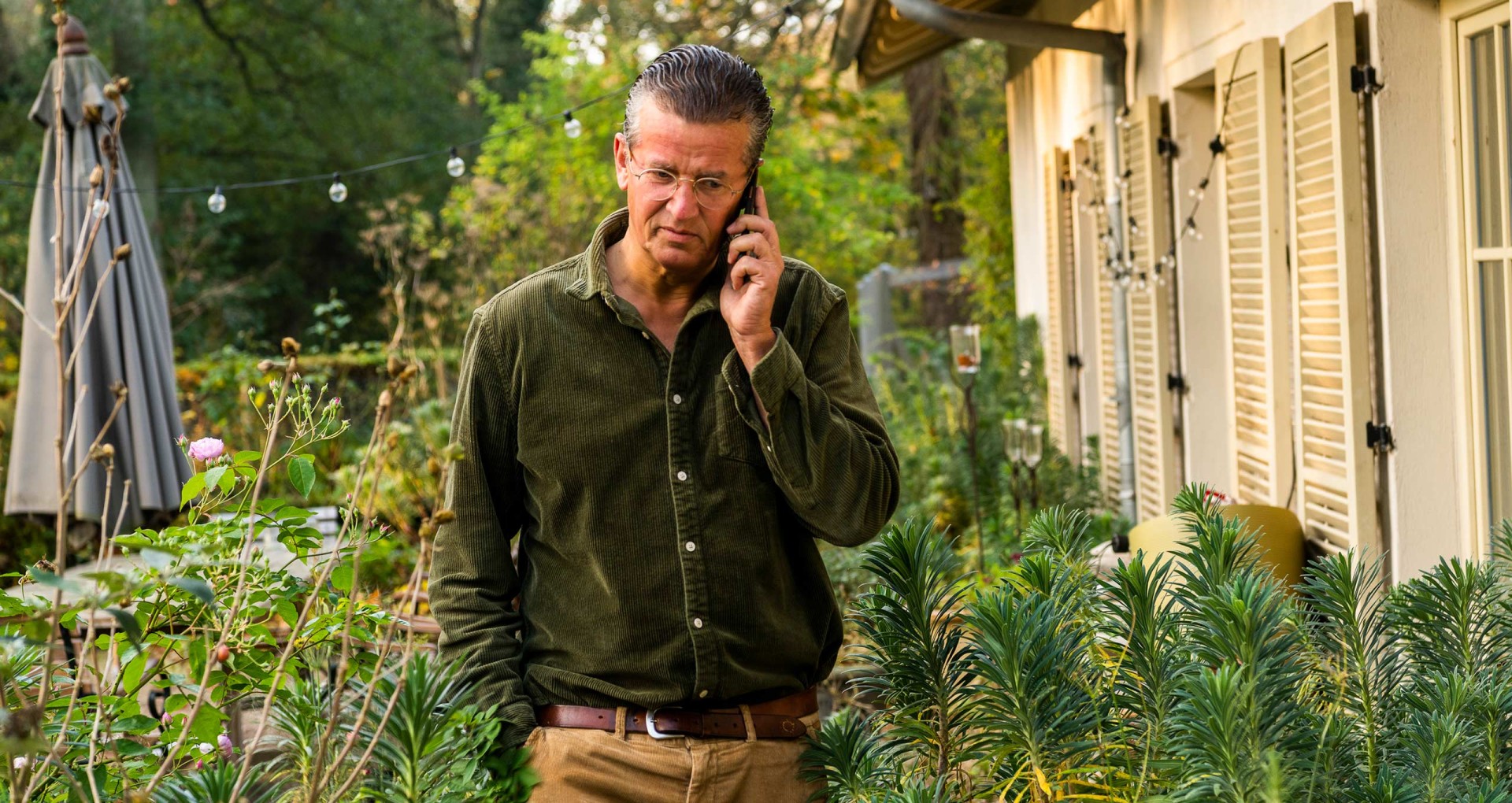
Henning Breimann grew up in the rural reaches of the Lower Rhine, in the environs of his parents’ department store and his uncle’s farm. He created his first garden at the age of four and spent most of his childhood outdoors. After finishing high school with a business diploma he felt the urge to move out into the world. He studied advertising and design, began work as an art director and went on to become co-proprietor of an advertising agency specialising in fashion. After an illness he made a clean break, took some time out and retreated to his house on Lake Maggiore to reflect and reconsider. He spent a year there cultivating herbs, researching the plant world, discovering slowness and the healing power of nature, thereby returning to his roots.
Prior to that, on city trips he had spent every spare moment in gardens and parks and taken an interest in landscapes and architecture. Now, in his own garden in Italy, he rediscovered his passion for everything beautiful and living and resolved to make it his life’s work.

He devoted two years to the free and private study of garden and landscape design at vocational colleges in England and the United States and designed his first gardens in Germany, Italy and California. In 1994 he set up his first landscape design practice. In parallel, he developed new product designs and the first garden catalogue for Manufactum before finally committing himself wholly to landscape design. In 1999 he and a partner established Breimann & Bruun. This evolved into the Breimann & Bruun Group, with offices in Spain, Italy, Vietnam, Hamburg and Berlin. Since 2016 Breimann and his team have traded as Breimann & Cie.
Henning Breimann is a member of the Hamburg Chamber of Architects.

What constitutes good landscape architecture?
Breimann: Developing places that are inspired. Discovering slowness and stillness. Composing colours and harmonies. Treating the earth conscientiously. Assured taste.
What inspires you?
Clever people and their echo in dialogue. Art, music, scents. And especially places, historic and modern, that were cleverly designed by other people.
How does change succeed?
By identifying problems early on, recognising them as opportunities, accepting them and transitioning into action.
What gives you hope?
The astounding self-healing powers of nature. And young, well educated people in whom I sense an enormous desire for a different world, for justice and beauty.
Which dream project have you yet to realise?
